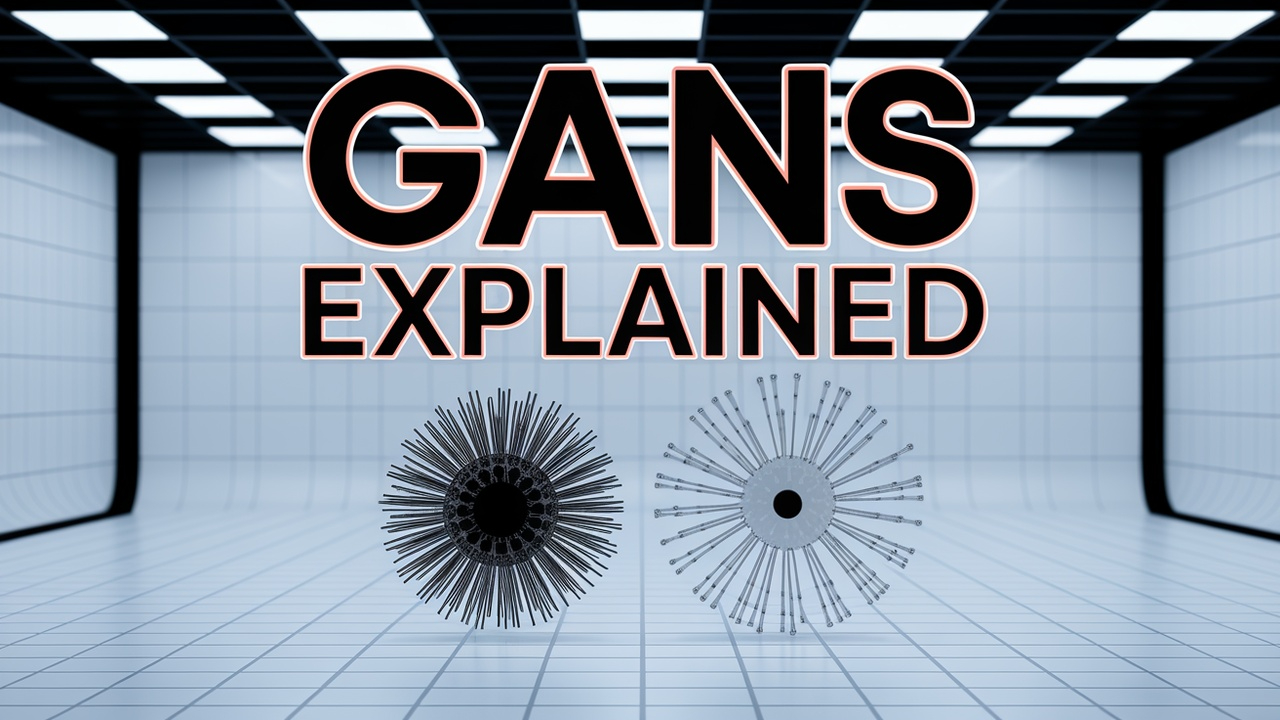
This comprehensive course on Generative Adversarial Networks (GANs) covers the foundational concepts, advanced techniques, and practical applications of GANs in various domains. Students will learn through a combination of theoretical knowledge and hands-on projects to build and deploy their own GAN models.
Course Levels
-
Level 1: Introduction to GANs
In this level, students will learn the basic concepts of GANs, including what they are and how they work. This foundational knowledge is essential for understanding more complex topics later in the course.
-
Level 2: Deep Dive into GAN Architecture
This level provides an in-depth look at the architecture and components of GANs. Students will explore the roles of the generator and discriminator in detail.
-
Level 3: Training Techniques and Improvements
In this level, students will learn about various training techniques and improvements that can be applied to enhance the performance of GANs. This includes techniques to stabilize training and improve output quality.
-
Level 4: Advanced GAN Models
This level focuses on advanced GAN models that have been developed for specific tasks and improved performance. Students will explore these models and their applications.
-
Level 5: Practical Applications of GANs
In this level, students will learn how to apply their knowledge of GANs in various practical scenarios. This includes working on hands-on projects and real-world applications.
-
Level 6: Ethical Considerations and Future of GANs
The final level discusses the ethical implications of using GANs, potential misuse, and the future of this technology in society. Students will engage in discussions about responsible AI.
Course Topics
-
CycleGANs for Image-to-Image Translation
# CycleGANs for Image-to-Image Translation Generative Adversarial Networks (GANs) have revolutionized the field of generative modeling, particularly in the context of image generation and transformat...
-
Training Process of GANs
# Training Process of GANs Generative Adversarial Networks (GANs) have transformed the landscape of generative modeling in machine learning. Understanding the training process of GANs is crucial for ...
-
Image Generation Projects
# Image Generation Projects In this section, we will explore various practical applications of Generative Adversarial Networks (GANs) in image generation. By the end of this module, you should be abl...
-
StyleGAN and Style Transfer
# StyleGAN and Style Transfer ## Introduction StyleGAN (Style Generative Adversarial Network) is a significant advancement in the field of generative models that enhances the quality and diversity of...
-
Challenges in Training GANs
# Challenges in Training GANs Generative Adversarial Networks (GANs) are a powerful class of machine learning models used for generating new data instances. However, training GANs can be quite challe...
-
GANs in Medical Imaging
# GANs in Medical Imaging Generative Adversarial Networks (GANs) have emerged as a transformative technology in the field of medical imaging. Their ability to generate high-quality images and learn f...
-
Using Auxiliary Classifiers
# Using Auxiliary Classifiers in GANs Auxiliary Classifiers are a powerful extension of the conventional Generative Adversarial Networks (GANs) architecture. They provide a means to guide the trainin...
-
Evaluating and Fine-tuning GANs
# Evaluating and Fine-tuning GANs Generative Adversarial Networks (GANs) have gained immense popularity due to their ability to generate realistic samples across various domains. However, evaluating ...
-
Variations of GAN Architectures
# Variations of GAN Architectures Generative Adversarial Networks (GANs) have evolved significantly since their inception in 2014. Various architectures have been proposed to improve their performanc...
-
Future Trends in GAN Research
# Future Trends in GAN Research Generative Adversarial Networks (GANs) have made significant strides in recent years, evolving from a theoretical concept to a practical tool used across various field...
-
GANs for Video Generation
# GANs for Video Generation Generative Adversarial Networks (GANs) have revolutionized the field of generative modeling, and their application to video generation represents a significant leap forwar...
-
The Generator Network
# The Generator Network In the realm of Generative Adversarial Networks (GANs), the generator network plays a pivotal role in the architecture. It is responsible for creating synthetic data that rese...
-
Evaluating GAN Performance
# Evaluating GAN Performance Generative Adversarial Networks (GANs) have revolutionized generative modeling, but evaluating their performance remains a challenging task. Unlike traditional machine le...
-
BigGAN and High-Resolution Image Synthesis
# BigGAN and High-Resolution Image Synthesis ## Introduction to BigGAN BigGAN, short for Big Generative Adversarial Network, is a state-of-the-art model for generating high-resolution images. Develop...
-
The Architecture of GANs
# The Architecture of GANs Generative Adversarial Networks (GANs) have revolutionized the field of generative modeling by introducing a novel architecture that employs two neural networks contesting ...
-
Progressive Growing of GANs
# Progressive Growing of GANs Progressive Growing of GANs (PGGAN) is a training technique designed to improve the stability and quality of image generation in Generative Adversarial Networks (GANs). ...
-
Loss Functions in GANs
# Loss Functions in GANs Generative Adversarial Networks (GANs) consist of two main components: the Generator and the Discriminator. These two networks are trained simultaneously through a process of...
-
Deepfakes and Misinformation
# Deepfakes and Misinformation ## Introduction Deepfakes are synthetic media, primarily images and videos, generated through advanced machine learning techniques, particularly Generative Adversarial ...
-
Ethics of Generative Models
# Ethics of Generative Models Generative Adversarial Networks (GANs) are powerful tools in the field of artificial intelligence, capable of creating realistic images, videos, and even text. However, ...
-
Feature Matching and Minibatch Discrimination
# Feature Matching and Minibatch Discrimination Generative Adversarial Networks (GANs) have revolutionized the field of generative modeling. However, training GANs can be challenging due to issues su...
- And 10 more topics...